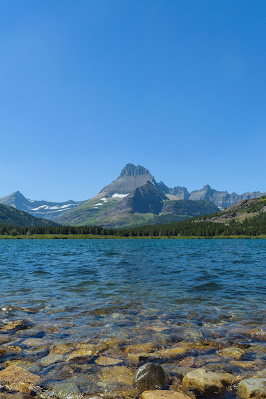 |
| Eads, Colo., mural on the side of the Kiowa
County Independent building. (Photo by Chase McCleary, Rocky Mountain PBS) |
"In a span of about two weeks at the end of July and in early August, five local newsrooms in Colorado shuttered, all of them were located in the eastern Colorado plains: the Plainsman Herald, the Burlington Record, the Lamar Ledger, the Fort Morgan Times and the Brush News-Tribune," McCleary writes. "The Herald was independently owned and operated, as it had been since it opened in 1887, nearly 140 years ago. . . . "
Barnett is wearing so many work hats to keep her paper open and community-centered. McCleary explains, "Barnett has been running the Kiowa County Independent since 2016. She intends to retain full ownership and independence to avoid the fate of some neighboring publications that sold, and were subsequently shuttered by larger media conglomerates." Barnett told McCleary, "They don’t have that community understanding of what a newspaper means in a community. To them, it's just a purchase. And if you don’t have your finger on the pulse of the community, you’re done.”
As local and more rural newspapers have closed in Colorado, news deserts have emerged, and like many places in the United States, regions with no news outlets are more likely to fall victim to misinformation or gossip mills. "According to a 2023 study from Northwestern University’s Medill School of Journalism, Colorado newspapers had declined by over 20% in the last five years," McCleary reports. "Barnett noticed that areas without news sometimes became 'rumor wells,' where competing voices began spreading mis- or disinformation."
For smaller papers to survive several avenues can be explored. Corey Hutchins, a professor at the Colorado College Journalism Institute, "noted a few alternative business strategies newsrooms might take to stay alive, including exploring non-profit and public benefit corporation status and chasing alternative sources of funding," McCleary explains. "He noted that some newsrooms are also, perhaps surprising to some, focusing less on digital and more on print."
Smaller papers rely on community support and letting readers know their contributions are needed and appreciated can provide additional income. Hutchins told McCleary, "People should care about what’s happening to their own local source of news and information. How are you supporting news where you live?”











